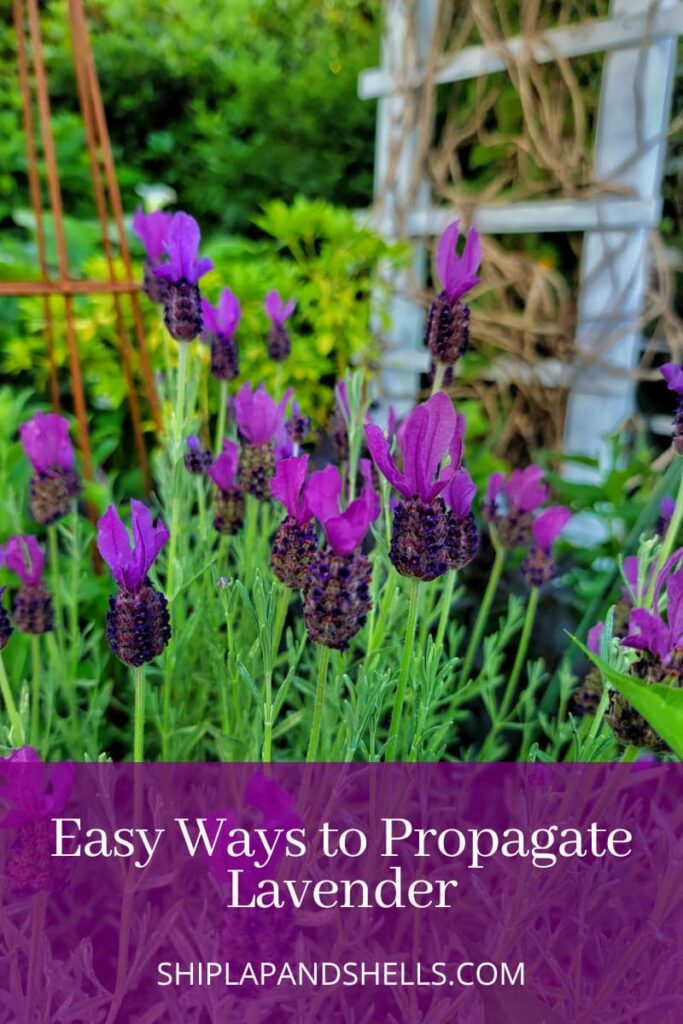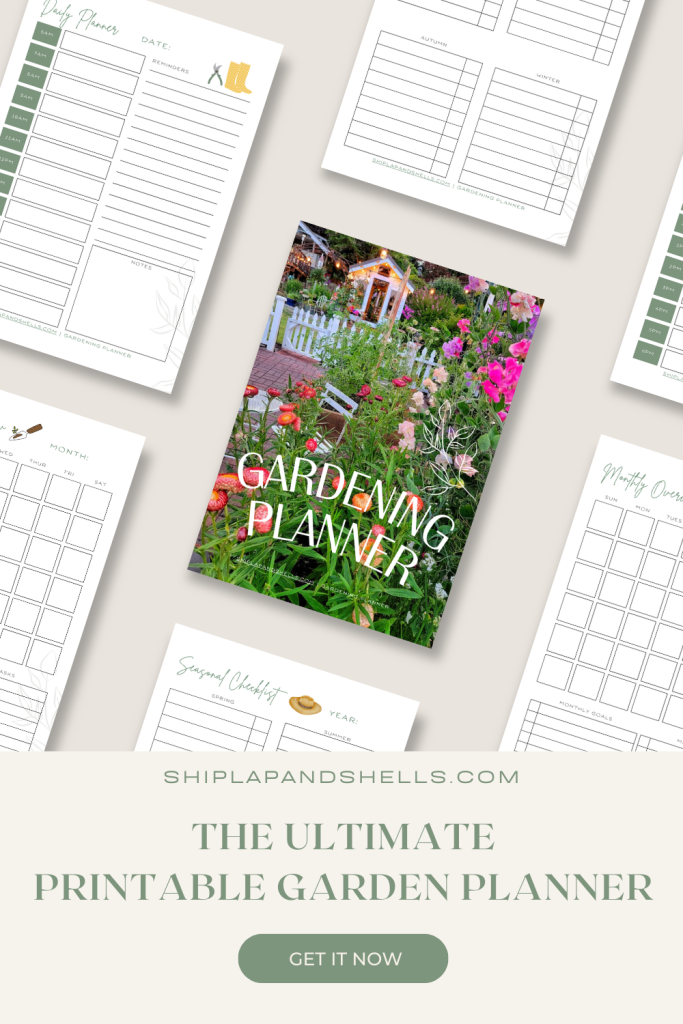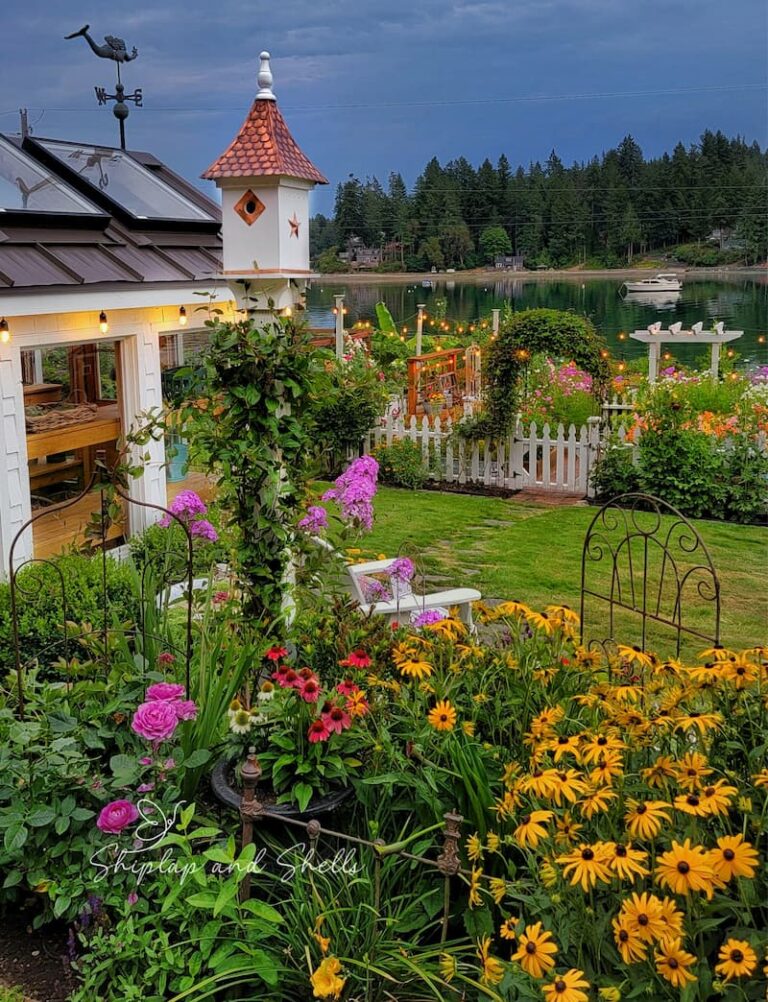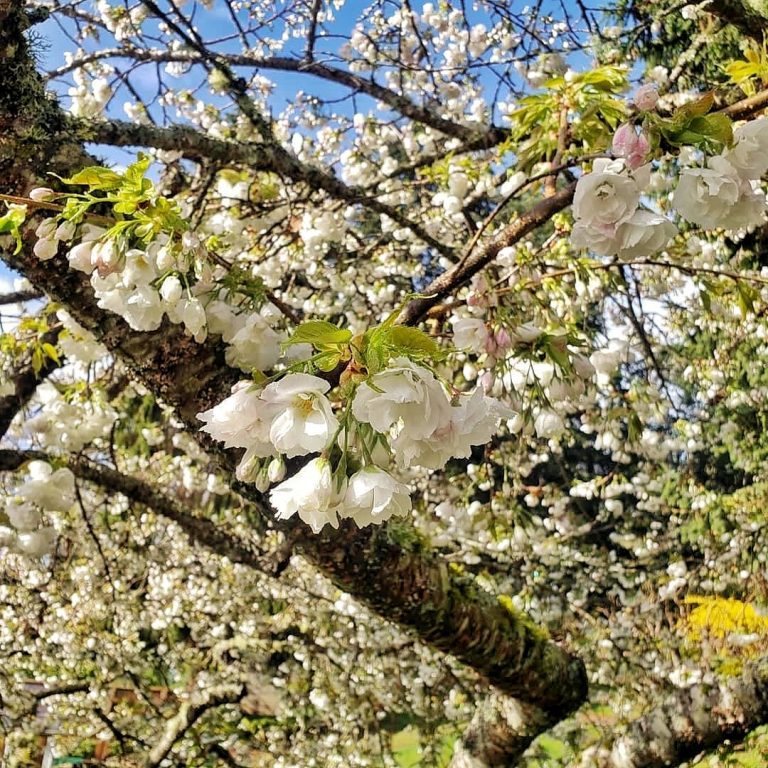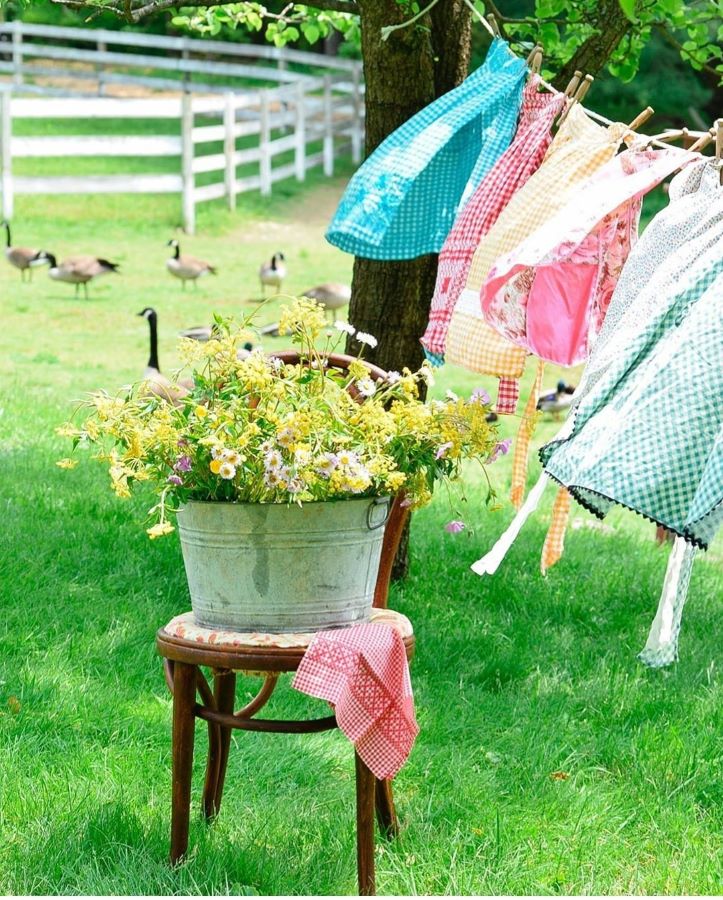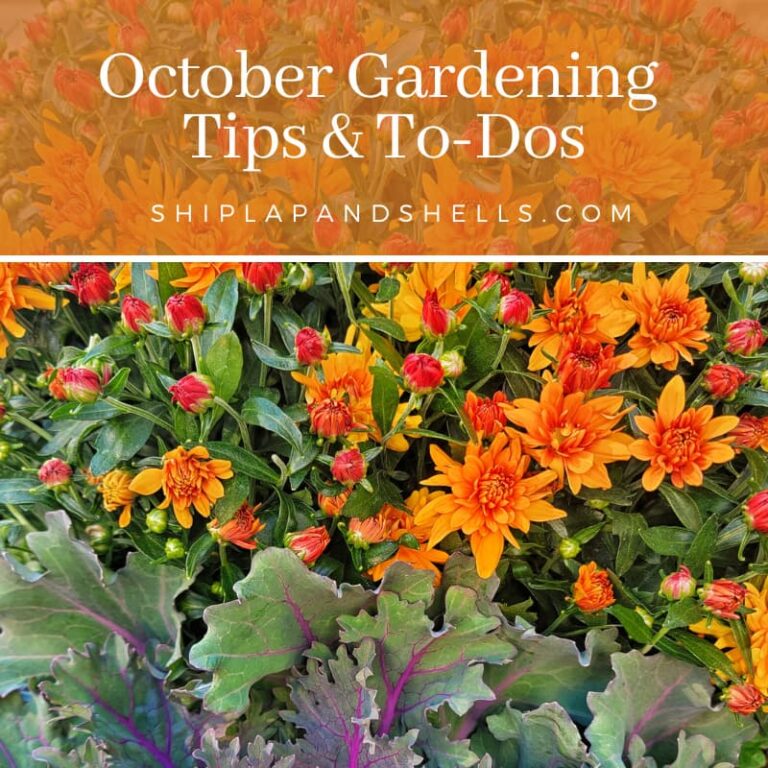4 Easy Ways to Propagate Lavender Plants – A Step By Step Guide
Did you know you can create new lavender starts from your existing plant? Follow along as I share 4 easy ways to propagate lavender cuttings with step-by-step instructions.
This guide provides four easy methods for lavender plant propagation: rooting stem cuttings in water, rooting stem cuttings in soil, plants propagating themselves, and hilling.
Each method has its own unique benefits and requires minimal effort, making it perfect for both seasoned gardeners and beginners. Follow this step-by-step guide to grow new lavender plants successfully and enjoy them in your garden.
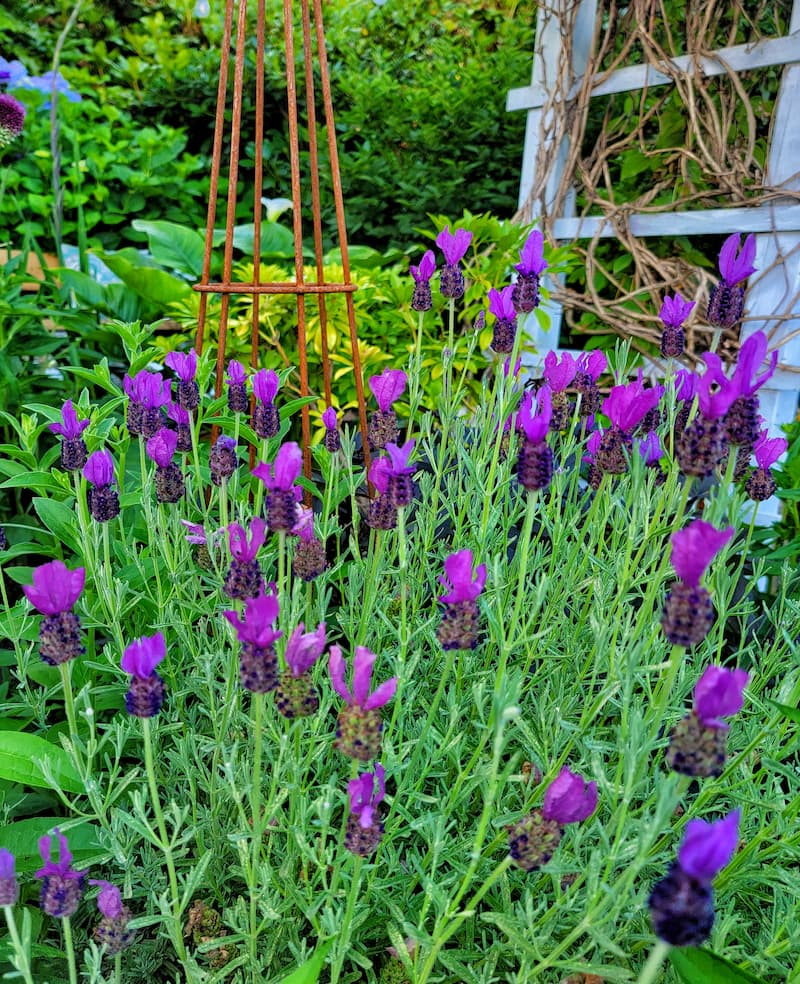
As an Amazon affiliate, I earn a commission from qualifying purchases at no additional cost to you. My blog also features other affiliate links for your convenience. Click here to read my privacy policy.
Benefits of Growing Lavender in the Garden
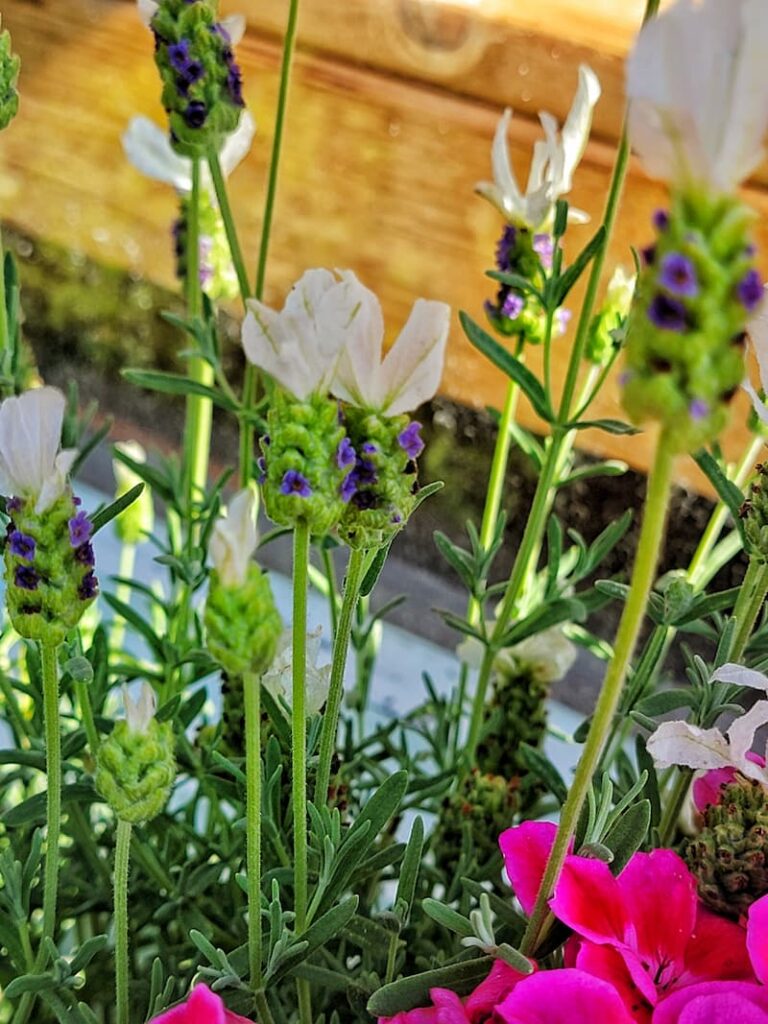
Gardeners grow lavender in their herb gardens for many reasons. Here are some benefits that make this plant one of the most useful herbs in your garden.
Different Types of Lavender
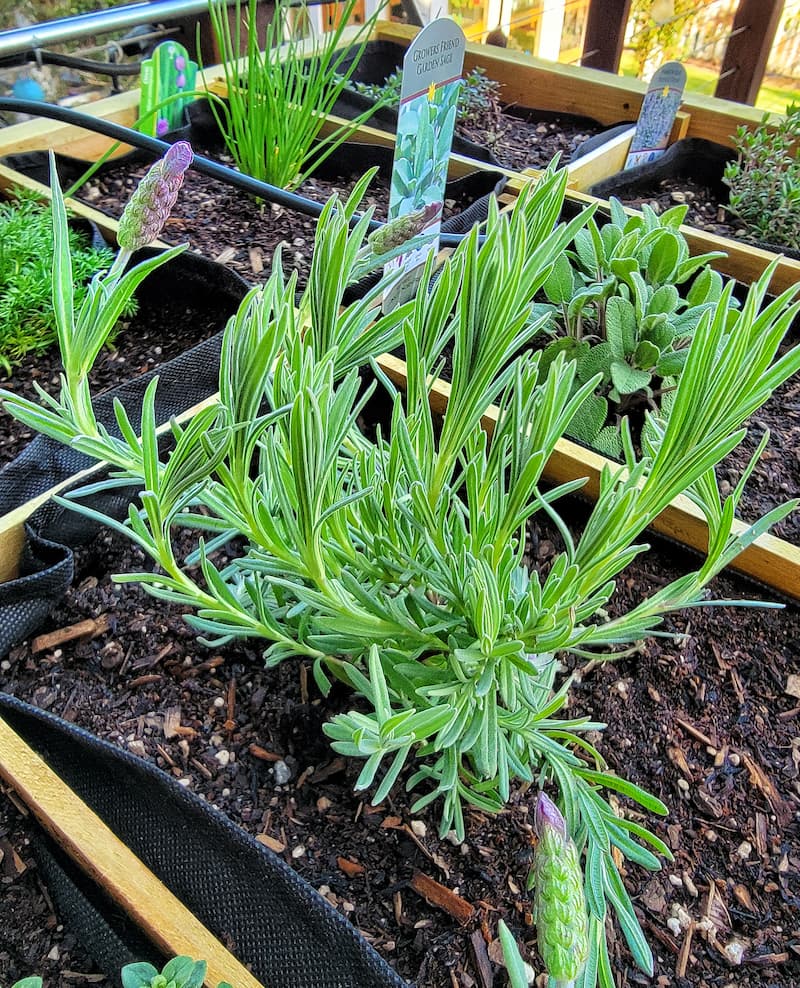
Lavender comes in many varieties, each with special characteristics and uses. Here are some of the most popular types.
English Lavender (Lavandula angustifolia)
| Type of Lavender | Description | Growing Conditions | Uses |
| English Lavender | known for its sweet fragrance and is commonly used in perfumes and sachets | Prefers full sun and well-draining soil. It’s hardy and can withstand colder climates. | Ideal for culinary purposes, crafting, and essential oils. |
| French Lavender | has a more delicate and mild fragrance compared to English lavender; features toothed leaves and showy, tufted flower spikes | Thrives in warm, sunny climates and well-draining soil. It’s more tender and less cold-hardy. | Primarily used for ornamental purposes and in potpourri. |
| Spanish Lavender | distinctive for its “rabbit ear” petals on top of the flower spikes; has a strong, pine-like scent | Prefers hot, dry conditions and well-draining soil. It’s less tolerant of cold and humidity. | Best suited for ornamental use in gardens and landscapes. |
| Lavandin | a hybrid of English and Portuguese lavender; produces larger plants and flower spikes with a strong, camphor-like fragrance | Grows well in full sun and well-draining soil. It’s hardy and suitable for various climates. | Commonly used in essential oil production and for crafting. |
Lavender Propagation Methods
1. Rooting Cuttings in Water
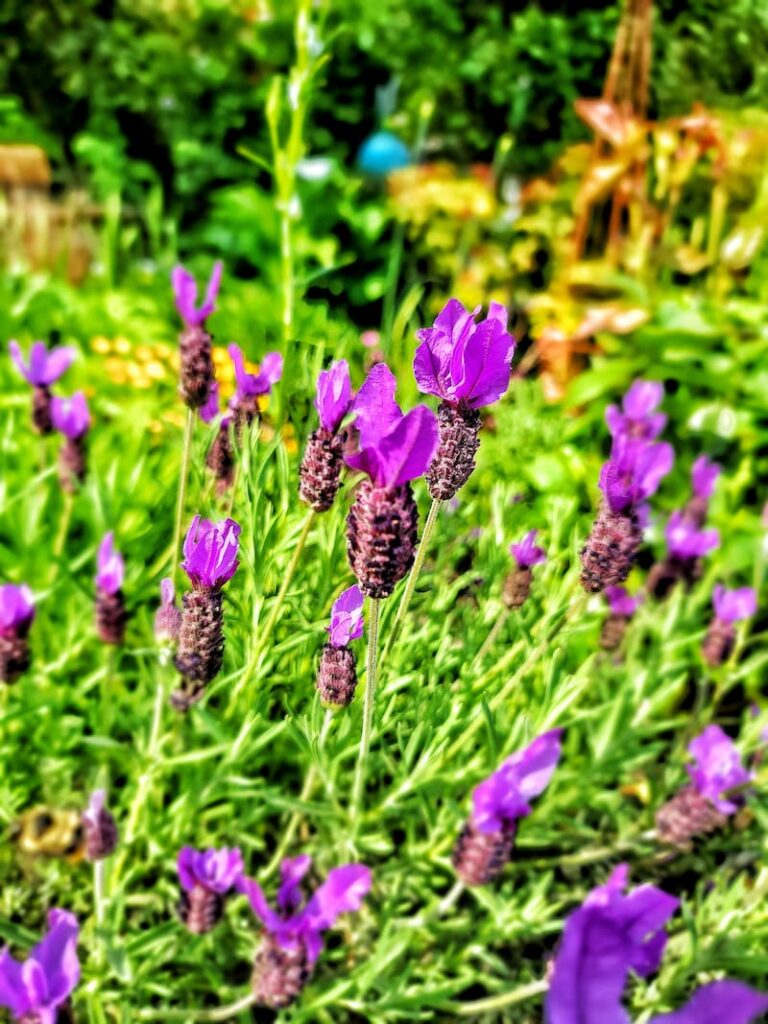
Cuttings are an easy way and the most popular method of lavender propagation. Here are step-by-step instructions for both rooting in water and soil.
Step 1: Using sharp pruners, take a stem cutting from a healthy lavender plant, around 4-6 inches in size. For best results, use softwood cuttings taken from the newer, green growth rather than the older, woody parts of the plant. Make a clean cut at a 45-degree angle to increase the surface area for rooting.
Step 2: Remove the leaves off the lower third of the cut stem.
Step 3: Place the lavender cuttings in a glass jar in the sun, ensuring they receive direct sunlight.
Step 4: Change the water every 4-5 days. New roots will grow from the bottom of the cutting in a few weeks.
Step 5: Plant the rooted lavender cutting in potting soil mix or directly in the garden once outdoor temperatures are warm enough.
2. Rooting Cuttings in Soil
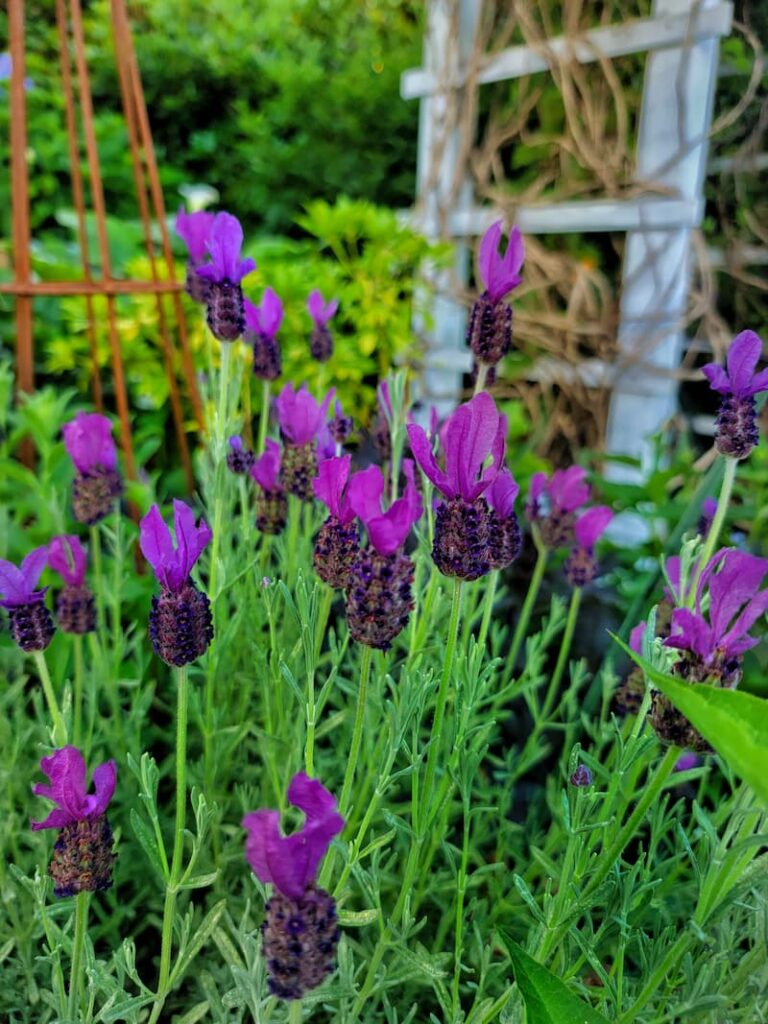
Step 1: Using sharp pruning shears, take a lavender cutting from a healthy plant, around 4-6 inches in size. Both softwood cuttings and hardwood cuttings (taken from the older, woody stems) can be used, but softwood cuttings typically root faster. Make a clean cut at a 45-degree angle to increase the surface area for rooting.
Step 2: Remove the lower leaves off the bottom third of the cut stem.
Step 3: Gently scrape the skin off the bottom portion of the stem on one side with a sharp knife.
Step 4: Fill a small container with half vermiculite or perlite and half peat moss.
Step 5: Dip the stripped tip of the cutting in rooting hormone powder.
Step 6: Stick the lower end of the cutting about 2 inches into the soil and make sure the cutting stands up straight.
Step 7: Cover with cuttings with plastic to form a greenhouse-like environment.
Step 8: Cuttings should root in about 2-4 weeks. You can check to see if they have rooted by giving them a gentle tug. If you gently pull on the plant and you feel resistance, the stem has roots holding it in place. Be cautious not to tug on the young roots too often to avoid damaging them.
Step 9: Place your new plants in a sunny location and water when the soil is dry. Feed the lavender plant with 1/4 strength liquid plant fertilizer once a week. Once outdoor temperatures are warm enough, plant the rooted lavender cutting in a larger container with potting soil mix or directly in an area in the garden with full sun and well-draining soil.
3. Plants Propagating Themselves

Lavender is a woody perennial that can propagate when one branches contact the ground and form roots.
Step 1: Gently bend a lavender branch to the ground and pin it down at a leaf node.
Step 2: The rooting process for the pinned lavender branch should take about a month or two.
Step 3: Once you see root development, cut the branch off the mother plant and transplant it into the garden.
4. Hilling
This method takes time but is easy and has a high success rate.
Step 1: Cover the old lavender plant with soil in the spring, ensuring the new buds show just above the soil.
Step 2: By the following spring, each lavender stem should have new roots in the hilled-up soil. The entire subshrub can now be dug up and divided, with each rooted stem planted to produce a new plant.
When to Propagate Lavender
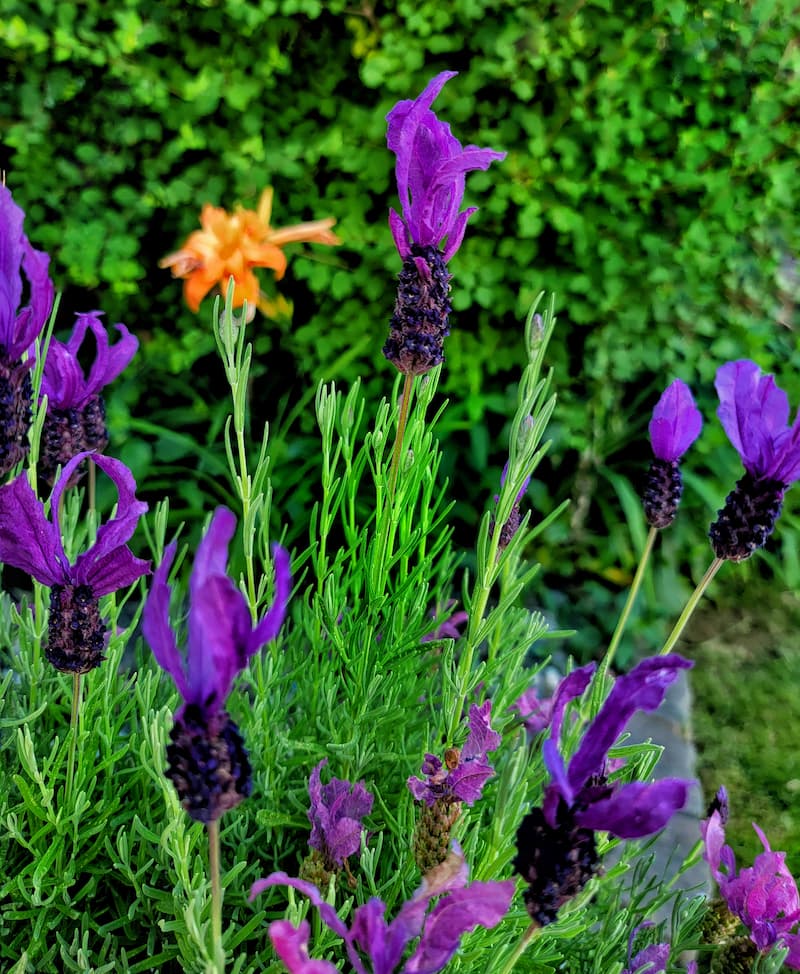
The best time to propagate lavender is during mid-late summer, their active growing season when it’s hot and humid outside.
Avoid taking cuttings too late in the summer or fall, as the plant starts to go dormant for the winter and may not root successfully.
Tips for Cutting Lavender Starts
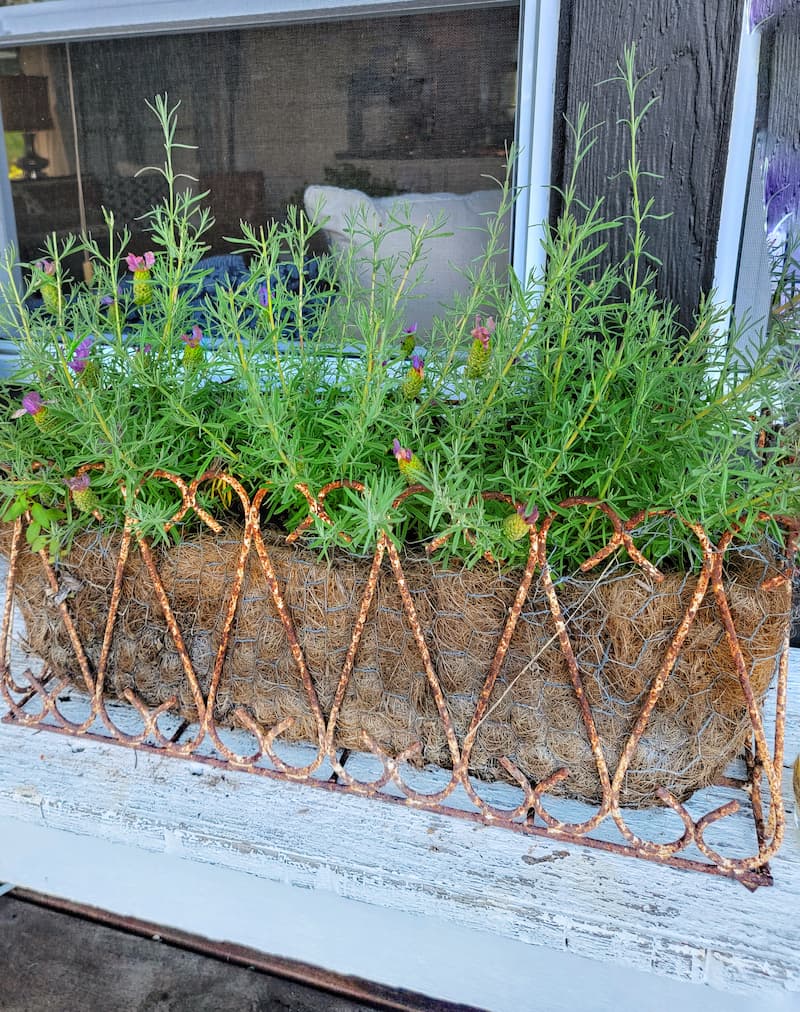
Garden Supplies and Tools
Check out my favorite garden supplies and tools for the growing season. Whether you’re looking for potting soil or deer repellent, you’ll find what I use in my own garden.
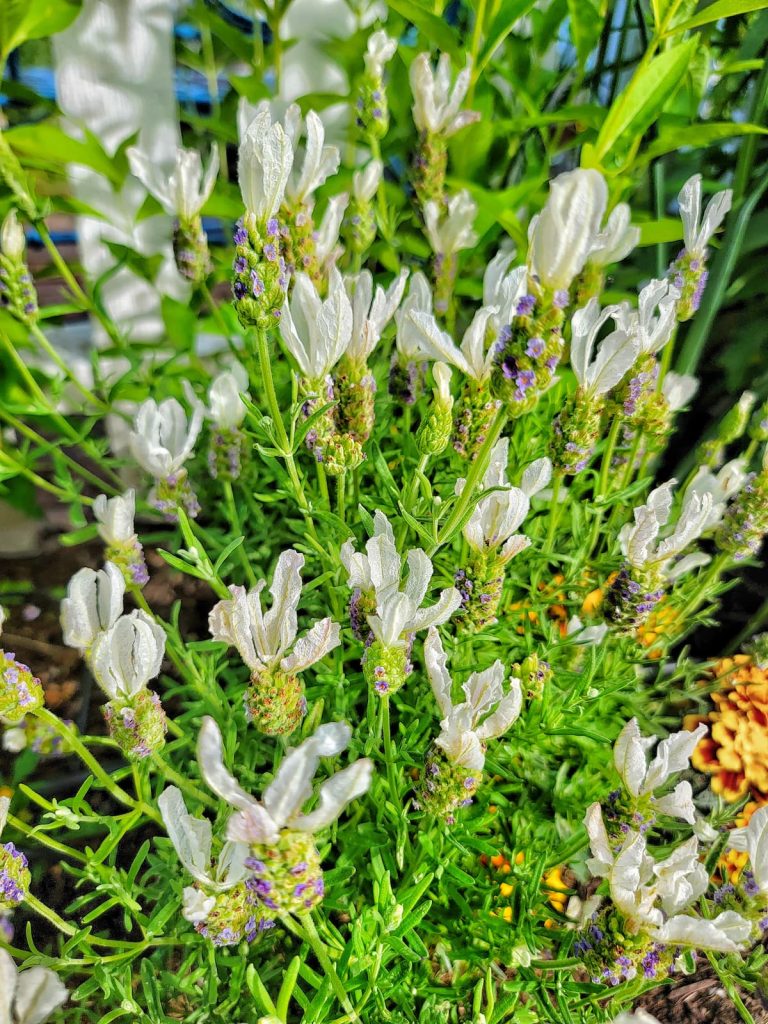
Following one of the four easy methods can help you grow new lavender plants successfully with minimal effort and enjoy the benefits of free plants. Each technique delivers different advantages, allowing you to choose the best way for your gardening style and needs.
You can also learn why subshrubs like lavender and rosemary are so hard to divide.
If you have any questions or additional suggestions, please share them in the comments below. And be sure to share this blog post link with anyone who may find these gardening tips useful.
Until next time,
Happy Gardening!

I’m a self-taught hobby gardener. Everything I share on my blog is my opinion and what worked for me.
MORE POSTS
For You To Enjoy
Follow Me for More Inspiration
Shop my Amazon Storefront, LTK sources, and my favorite home decor, garden, and lifestyle products. When you purchase from one of my links, I earn a small commission, which helps me continue sharing all the content you expect on my blog.
Be sure to follow me on Pinterest, Instagram, Facebook, TikTok and LIKEtoKNOW.it. Do you like gardening? Join my Facebook Gardening Tips & Tricks group.

